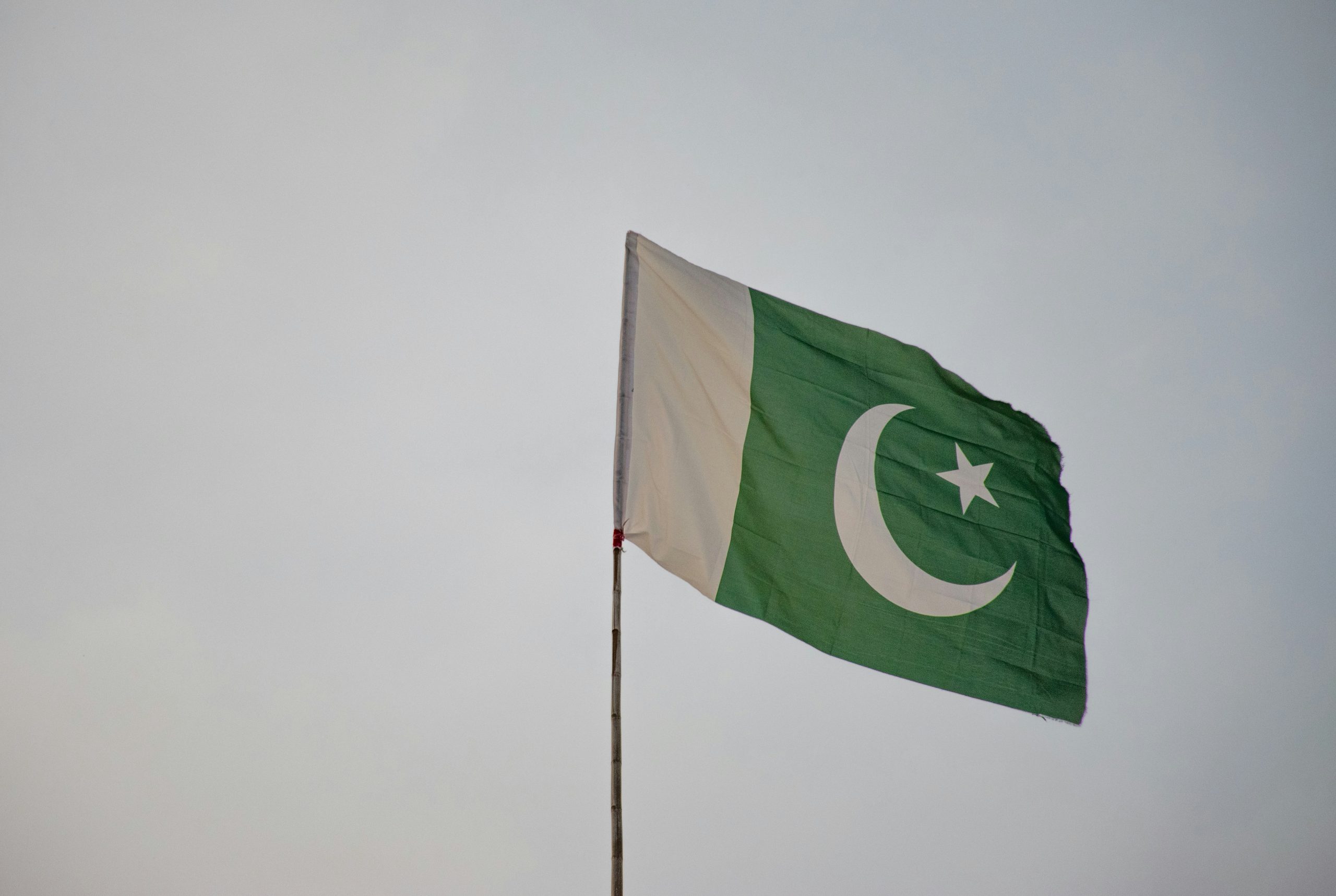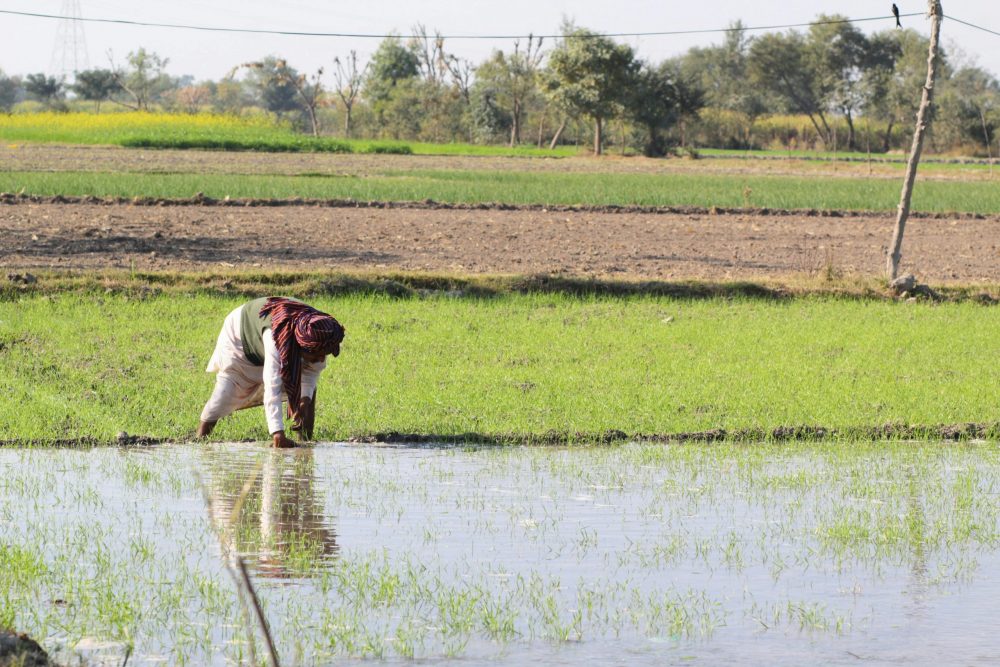This blog is Part II of a two-part series based on an assessment for UN Women about how COVID-19 is increasing gender inequality in Pakistan.
Part I focused on gender-based economic inequality.
This second part highlights the social impact of COVID-19 on women in Pakistan.
How COVID-19 Has Increased Social Pressures on Women
More than six months have passed since Pakistan confirmed its first case. The virus and the lockdowns have created major social and economic problems. Women are among the most affected groups.
Women and girls are primary caregivers. During COVID-19, they face increased responsibilities inside the home. Many are responsible for:
- Household-level disease prevention
- Regular chores such as cooking and cleaning
- Taking care of children at home (including home-schooling)
- Managing stress within the home environment
This rising burden puts women at higher health, emotional, and physical risk.
Increased Domestic Responsibilities
Women already had less agency over mobility and decision-making before the pandemic. According to UN Women, before COVID-19, women globally did almost three times more unpaid domestic work than men — and this gap has grown during lockdowns.
As more people stay home:
- Household chores increase
- Women have less time to seek basic health services
- Reduced mobility limits access to healthcare
- Mental stress increases due to higher workload + loss of income
This will likely lead to:
- Lower female labour force participation
- Higher school dropout rates for girls
- Reduced education outcomes for women in the long run
Gender-Based Violence (GBV) Has Increased
Global data shows that GBV increases during emergencies.
Examples from early 2020:
| Country | Increase in domestic violence cases |
|---|---|
| France | 30% increase after lockdown |
| Cyprus | 30% more calls |
| Singapore | 33% more calls |
| Argentina | 25% more emergency calls |
In Pakistan, the situation is also serious:
- Around 90% of women face some form of domestic violence (UNODC 2020)
- In Punjab, domestic violence calls increased by 25% during the lockdown (PUCAR-15 data)
Economic pressures, job loss, and stress at home are major triggers for abuse.
Support systems have also weakened. Even helplines, like the 1099 domestic violence helpline, are often not fully responsive. Gendered Impact of COVID 19
Policy Recommendations
Although COVID-19 cases have declined, experts still warn of a possible second wave. Until a vaccine is available globally, uncertainty will continue — and women remain at high risk.
To reduce social harm to women and girls:
- Support girls returning to schools
- Mass awareness campaigns
- Incentives for girls’ education
- Promote gender-equal household roles
- Normalize men sharing domestic responsibilities
- Improve reporting and support systems
- Strengthen helplines
- Create safe spaces for women escaping violence
Conclusion
Long-term pandemic response must include a Gendered Impact of COVID 19 is not just a health and economic crisis — it is worsening existing gender inequalities in Pakistan.
Protecting women and girls should be a major policy priority, not a secondary issue
Sahar Kamran is a Project Manager and Maheen Saleem Khosa is the Manager Communications at the Institute of Development and Economic Alternatives (IDEAS).





